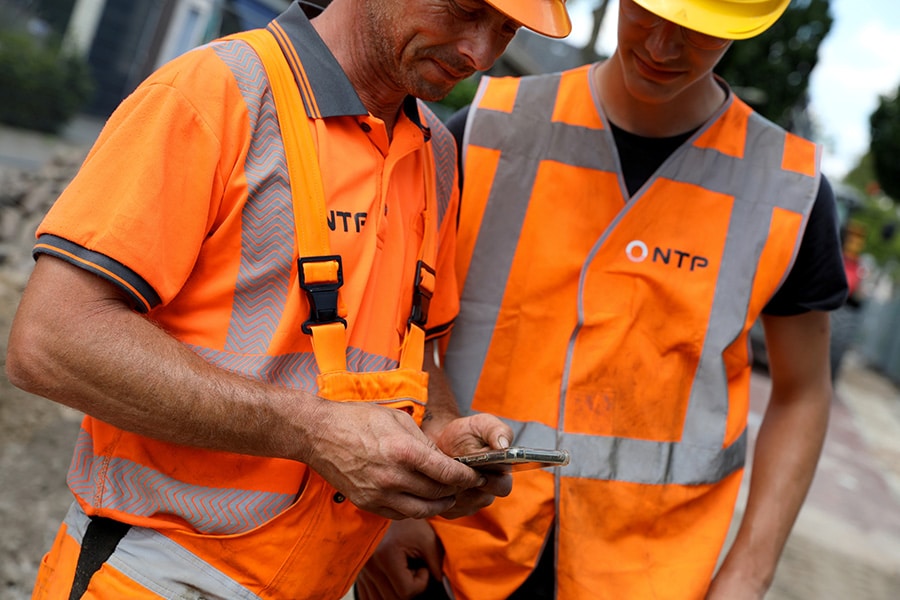
Smart functionality in estimating software calculates expected CO2 emissions in a project
Every infrastructure company is by now familiar with the CO2-Performance Ladder and the advantages that a favorable step on that ladder can offer in tenders. But how can you make it plausible what the emissions will be in the project and prove it afterwards? BouwInfosys has come up with a clever solution.

CO2-Performance Ladder
Arno Berwers of BouwInfosys notes that more and more companies in infra are working with the CO2-performance ladder. "A system where you can achieve five different steps with the ultimate goal of encouraging companies to reduce their emissions. Structural reduction of CO2-emissions yields a higher place on the CO2-ladder. In tenders, it is becoming increasingly important that you can demonstrate that you are sustainable and with as little CO2-emissions a project can achieve. Then, of course, it helps enormously if the information is recorded in a structured way in a system."
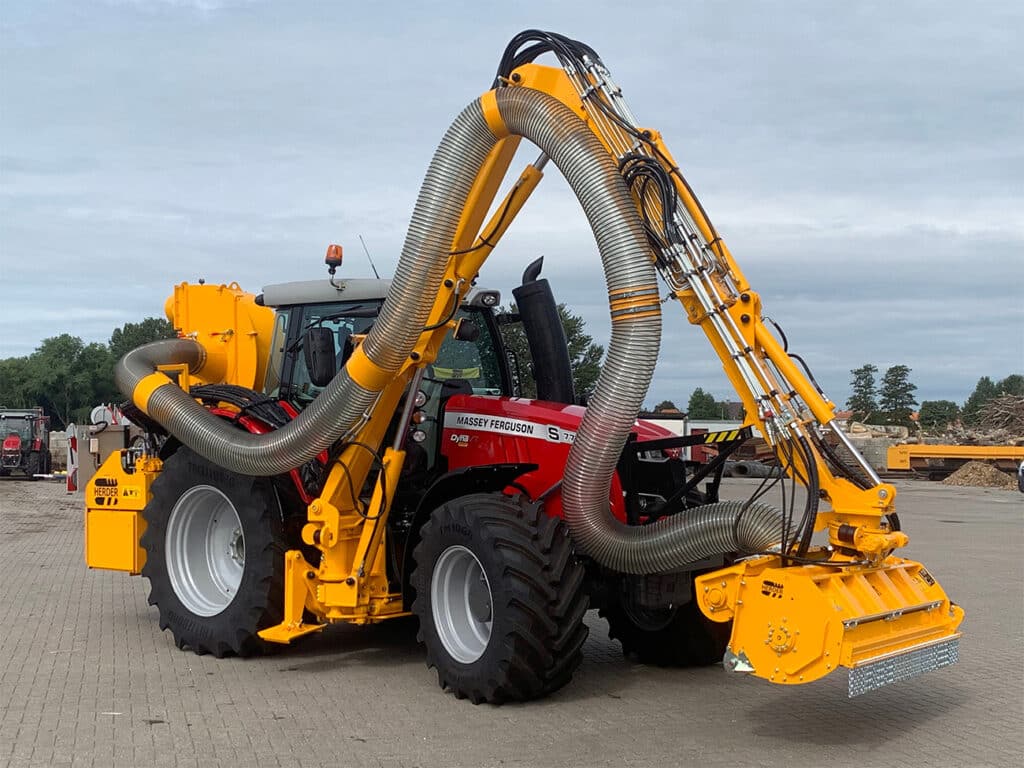
Focus on the equipment
"For infrastructure companies, it is mostly their own, but also hired equipment whose expected emissions within a project need to be mapped out. The nominal emission value of a piece of equipment per fuel type is specified by the manufacturer. Registering those specifications of the various pieces of equipment is therefore a must in order to make a good statement that you can use in a tender," Berwers knows.
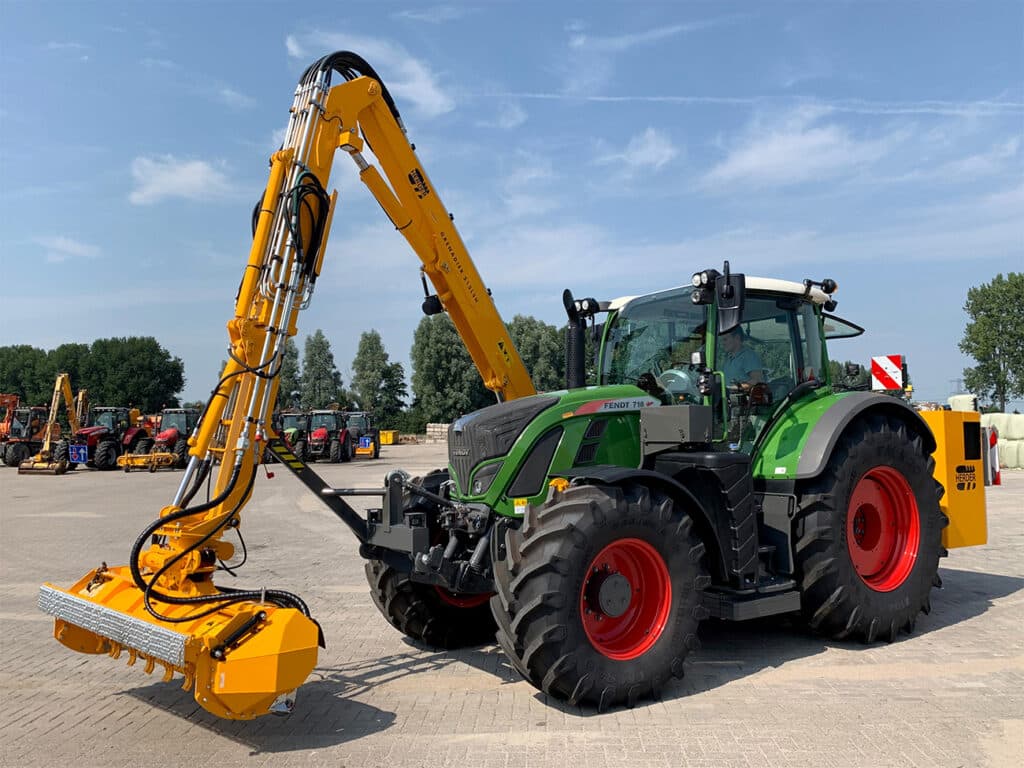
Calculating with CO2-emissions
"As a leading provider of ERP solutions for civil, road and hydraulic engineering, BouwInfosys continually works with users in developing new functionality. Due to the need for a calculation solution for CO2-emissions, we developed functionality within the existing calculation software for infrastructure that allows the expected emissions to be calculated in the project. This enables the contractor to calculate the CO2-emissions into the tender.
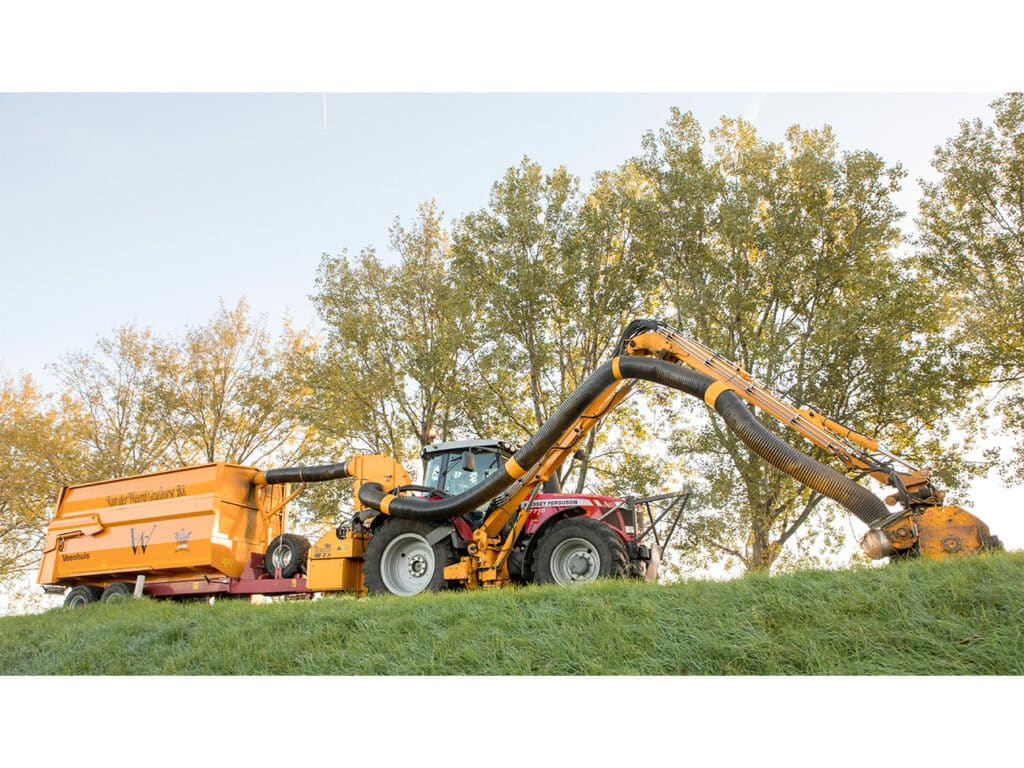
Calculation module
The calculation module is part of the total ERP solution which means that it is now possible -on the basis of the known data of the pieces of equipment- to calculate the expected emissions of CO2 and NOx to calculate. An example: you specify at the front end in the calculation the equipment pieces you need on a project (shovel, crawler crane, etc). In the background, the calculation of the CO2-emissions done, also differentiating emissions by fuel type. If it is important to have low emissions, then you calculate with the equipment pieces with the lowest emissions and use blue diesel."
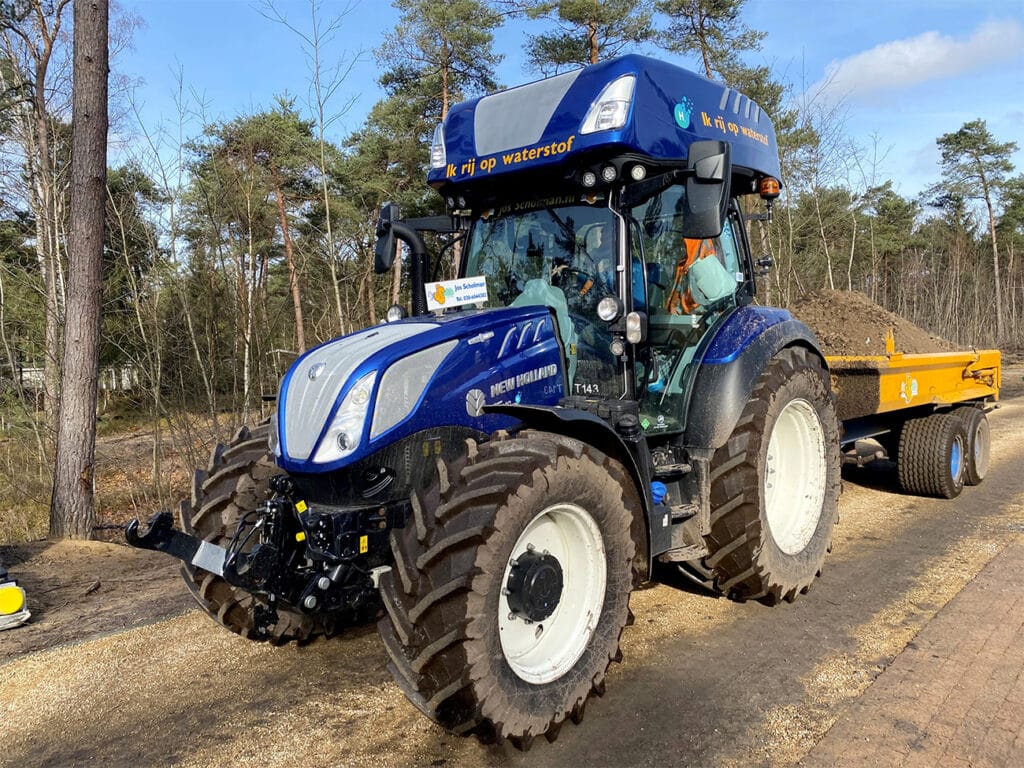
Efficient and reliable
"As I said, it is increasingly important to be able to show afterwards what the emissions have been in the work. To get that process cleaner and more real, you have to be able to get it automated from one system," Berwers believes. "The data used at the front end in the calculation phase can be used afterwards for comparison with actual emissions based on running hours and fuel type. Efficient and reliable, in other words."
The major advantages of a truly integrated ERP solution for companies in civil engineering are thus becoming increasingly clear, as is the added value of BouwInfosys. Would you like to know more about this working method and about BouwInfosys' solutions for companies in civil engineering? Then take a look at www.bouwinfosys.nl or call 088-2444600.

